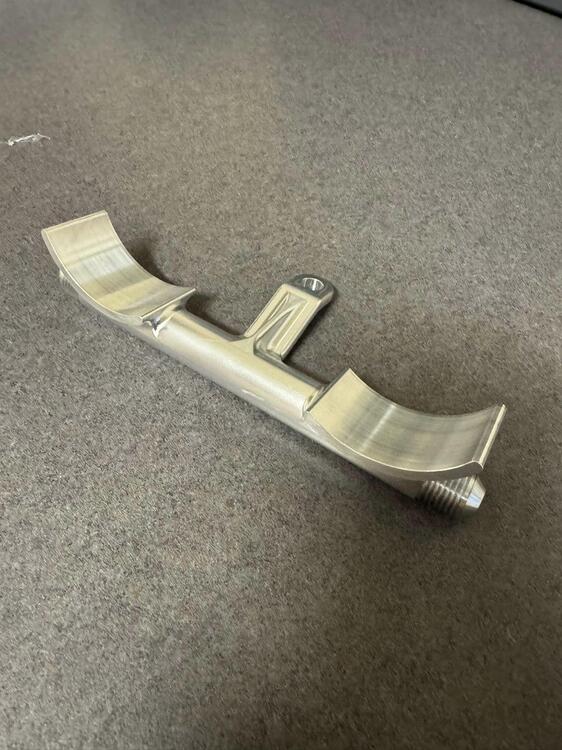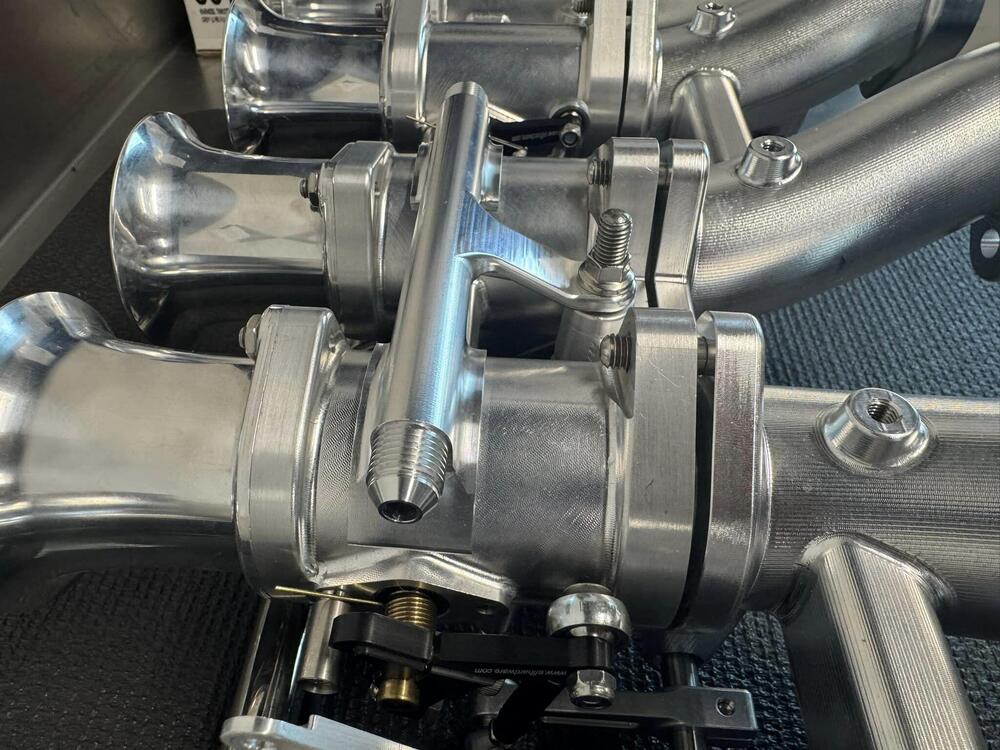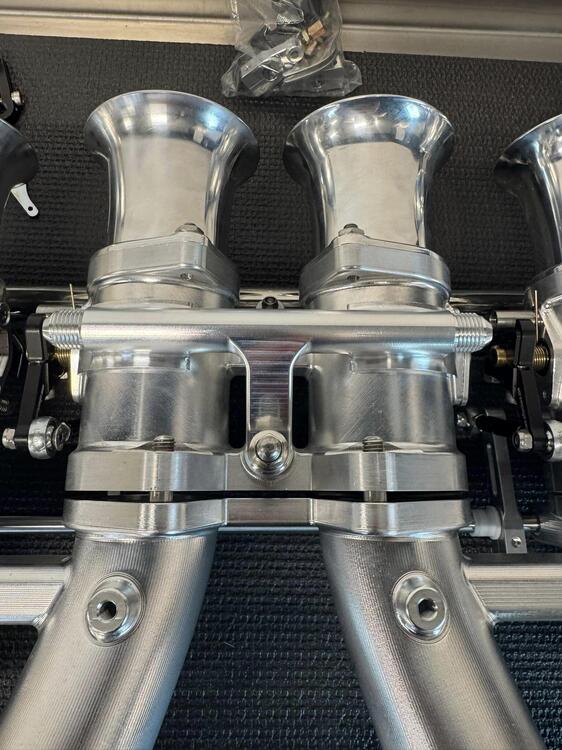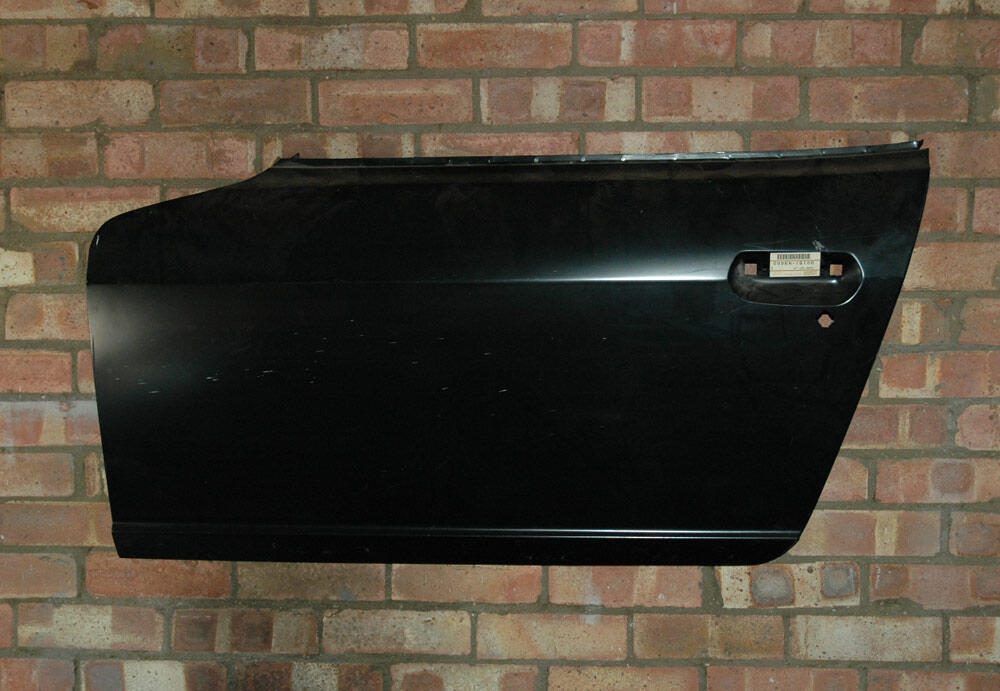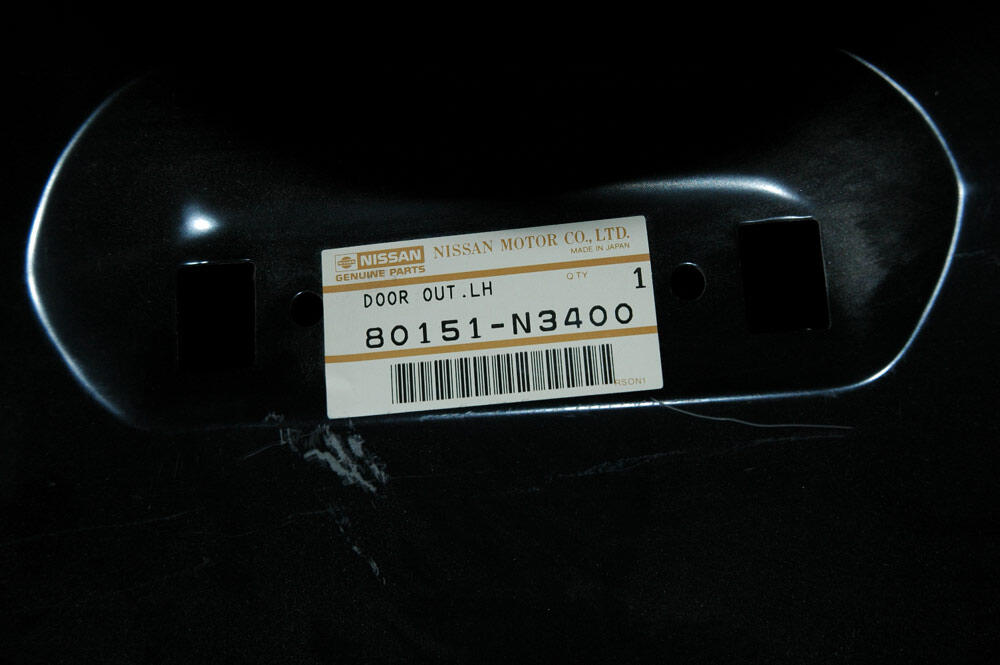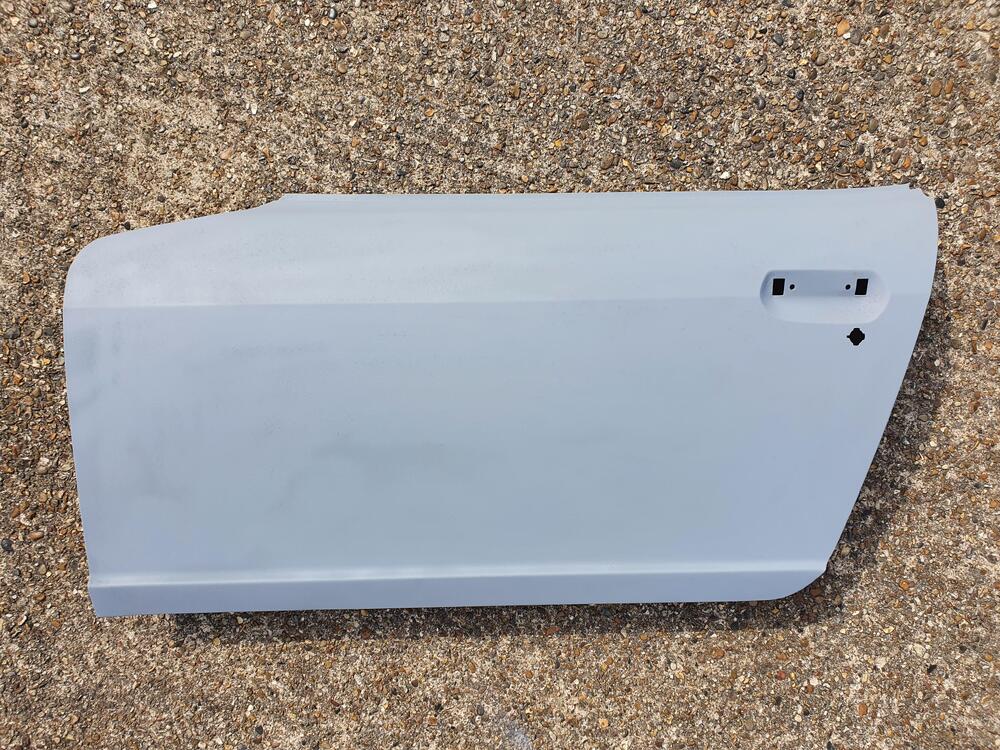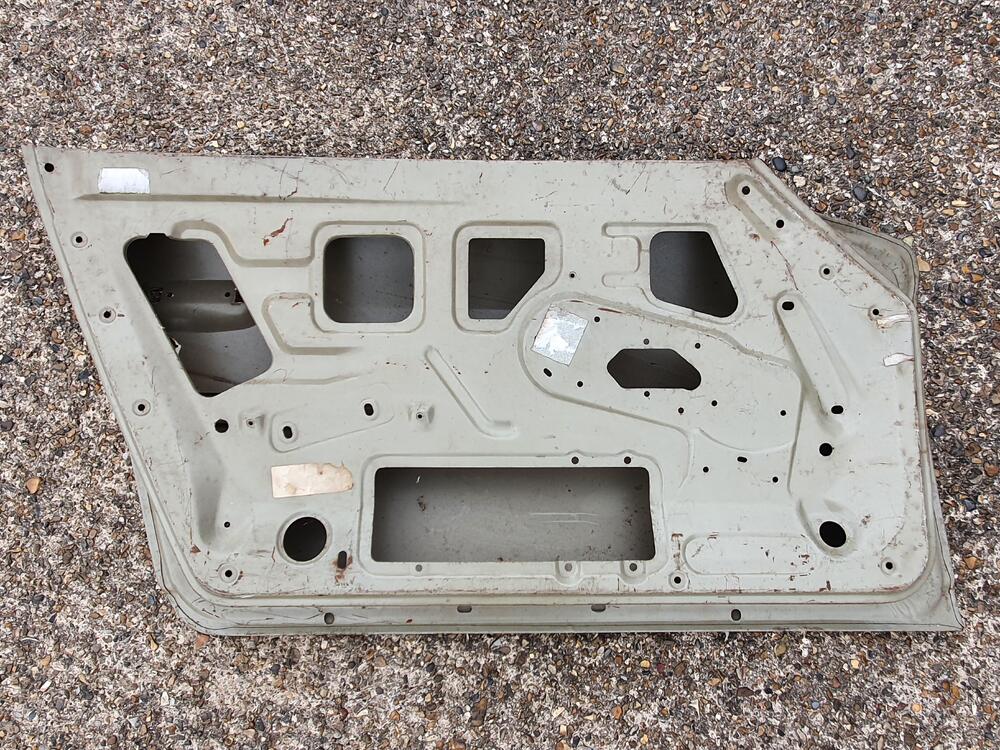Remember that the FPR should maintain a 36.3 PSI difference (balance) between the fuel pressure and manifold pressure. Your manifold pressure (vacuum) is lower at idle and under low load so fuel pressure is that much lower than 36.3 PSI. (at 10 PSI of vacuum the FPR should be maintaining about 26.3 PSI on the fuel) At heavy load the manifold pressure decreases, so to balance, the fuel pressure increases. (so, at 1 or 2 PSI vacuum, the FPR should be keeping fuel pressure at 35.3 or 34.3 ish respectively)
Once you go to a positive manifold pressure (boost) the FPR should add that positive value to the fuel pressure. Ask me how I know. 🤭
This may not apply but it's always something to consider. A long time ago as an apprentice plumber I learned about fluid pressure and rate of flow. Two pipes: 1/8" and 1/2" - they can have the same fluid pressure applied, but the 1/2" pipe will always be able to deliver a higher volume of fluid. This may apply IF there is an unseen obstruction inside the fuel pipe or tubing. Pressure may read at an appropriate value but the system may not be able to deliver the volume needed at certain times. The pressure will only show a decrease when the demand outstrips the ability to supply. (this happened to me as my fuel supply hardline was over 1/2 plugged with corrosion inside at a point near the firewall - difficult to diagnose and pinpoint)
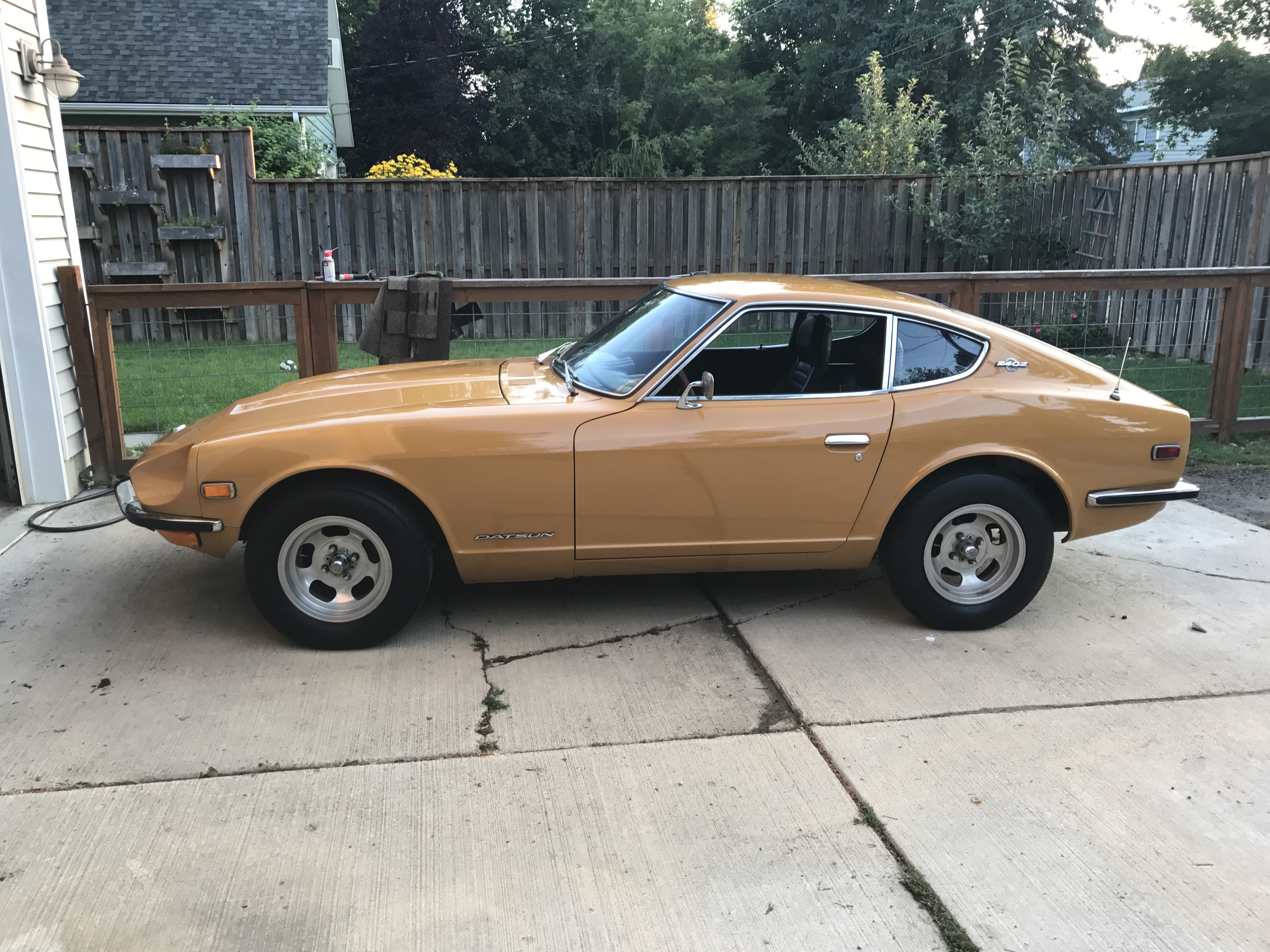

 Subscriber
Subscriber 2Points10,893Posts
2Points10,893Posts





